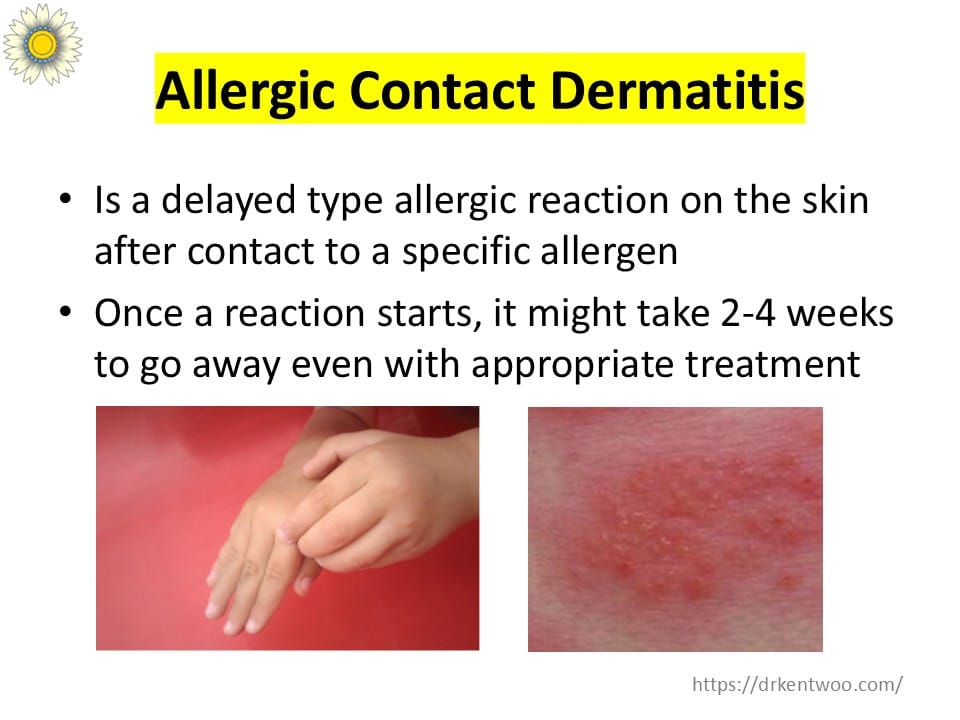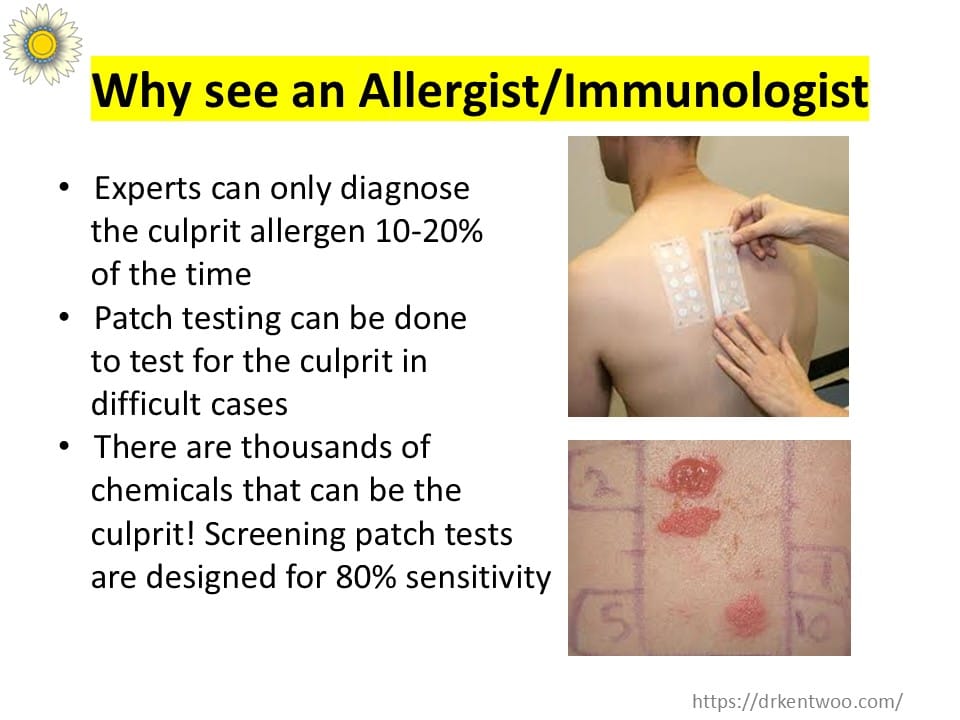Patch Testing: Finding the Cause of Your Skin Allergy
If you’ve been struggling with a stubborn, itchy rash that won’t go away no matter what products you switch to, allergic contact dermatitis might be the culprit. But how do you know for sure? This is where patch testing comes in—a simple, effective way to identify what’s triggering your skin reaction.
What Is Allergic Contact Dermatitis?

Allergic contact dermatitis (ACD) is a delayed skin reaction that occurs when your skin comes into contact with an allergen. Unlike immediate allergic reactions (like hives or swelling from food allergies), ACD symptoms take time to develop—sometimes hours or even days after exposure.
The rash can be:
✅ Itchy and uncomfortable
✅ Red, cracked, or sore
✅ Dry, scaly, or even blistering
✅ Persistent, lasting weeks if you keep encountering the allergen
These allergens can be hiding in everyday products like:
💄 Makeup & skincare (foundation, shampoo, aftershave)
💍 Jewelry (nickel in earrings, watches, belt buckles)
🩺 Medications (topical creams, antibiotics, adhesives)
🧤 Work-related materials (cleaning supplies, latex gloves, ink, construction materials)
Since many of these substances are found in multiple products, identifying the exact trigger is tricky—which is why patch testing is so important.
What Is Patch Testing?
Patch testing is a specialized allergy test designed to detect delayed allergic reactions on the skin. Unlike skin prick tests (which check for immediate allergies like pollen or food), patch testing focuses on substances that cause allergic contact dermatitis.
How Does Patch Testing Work?

The process is straightforward and painless:
1️⃣ Application: Small amounts of potential allergens (commonly found in everyday products) are placed on your back using specialized patches.
2️⃣ Waiting Period: The patches stay in place for 48 hours, during which you must keep your back dry (no showers, swimming, or sweating).
3️⃣ Initial Reading: After 48 hours, the patches are removed, and the doctor checks for skin reactions.
4️⃣ Follow-up Readings: Because allergic contact dermatitis reactions take time, we check again at Day 5 and possibly Day 7 to see if the skin has developed a delayed response.
5️⃣ Results & Action Plan: If a reaction appears (red, raised, itchy skin), we pinpoint the allergen and guide you on how to avoid it in the future.
What Does a Positive Patch Test Look Like?
🔴 A red, raised, or itchy reaction at a specific test site
💥 A stronger reaction could cause blistering (though rare)
🕒 Delayed reactions can take days to fully develop
Once we identify the trigger, avoiding the allergen can cure your dermatitis completely—as long as you stay away from it!
How to Prepare for Your Patch Test
To get the most accurate results, follow these preparation tips:
✅ 2 Weeks Before the Test
🚫 Stop taking oral steroids and avoid using topical steroids on your back.
✅ 3 Weeks Before the Test
🌞 No sun exposure on the test area (sunburned skin can interfere with results).
✅ On the Day of the Test
🧼 Keep your back clean—no lotions, creams, or oils.
✅ After Patches Are Applied (First 48 Hours)
🚿 Keep your back dry (no showers or swimming—sponge baths only!).
💪 Avoid heavy sweating (exercise, saunas, or intense activity).
📌 If any patches start peeling off, secure them with adhesive tape.
🖍 Leave the marker lines on your skin (they help track results).
Following these steps ensures accurate results—helping you finally figure out what’s irritating your skin!
Why Patch Testing Matters

Many people struggle with unexplained rashes that come and go, blaming stress, weather, or diet. But in reality, hidden allergens in your daily routine could be the root cause.
Patch testing takes the guesswork out of allergic contact dermatitis—so you can take control of your skin health, avoid triggers, and finally get relief!
If you suspect allergic contact dermatitis and is struggling to find the trigger, contact The Allergy Immunology Clinic to schedule a consultation for a patch test




